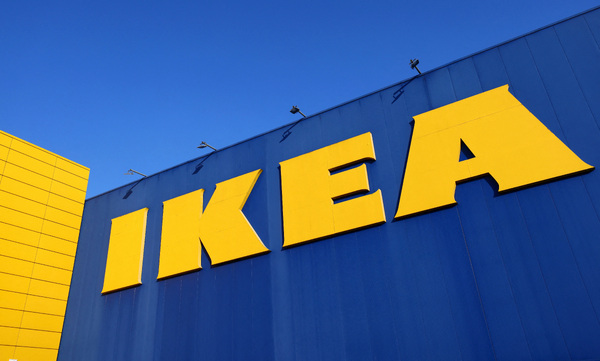Giving small brands the power to build a loyal customer base
Sponsored by QubriuxArun Veettil, Founder and CEO of Skellam Ai and Qubriux
Small brands are often good at attracting new customers. They put a lot of time and effort into pitching their products so that they catch the eye of passers-by. But when it comes to cultivating a loyal base of customers confident in the quality of the product and the service offered, things get trickier.
Big brands don’t have this problem. Their growth is owed, in part, to their ability to keep customers interested in their products. In fact, according to one study, increasing customer retention by 5 per cent increases profit by anywhere between 25 per cent and 95 per cent. It might be the single-most valuable thing a brand can do – and it is what big brands excel at.
So why have smaller and medium-sized brands struggled with something that, according to research, could be transformative?
Part of the problem is that modern customer loyalty programmes are tech-driven, and the tech that enables them isn’t easily available to smaller brands. Things such as personalised offers and member-only discounts – the nuts and bolts of customer loyalty – rely on sophisticated technology that enables the brand to collect customer data and transform it into ads and promotions. It may be powerful – indeed, another study found that 80 per cent of customers are more likely to do business with a brand when it provides them with a personalised experience. But it ends up being expensive.
Moreover, small brands by definition often lack the necessary volume of customer data that would enable them to deliver impactful and well-targeted offers.
And finally, this data, when it is available, is siloed. The result? The customer support, sales and marketing teams don’t “talk” with one another, and the brand as a whole has only a fragmented view of its customers.
Forming a network of merchants
This is, fundamentally, a tech problem. If small brands had access to the necessary tech, their loyalty programmes would become much more sophisticated. But that tech costs money – and brands can’t suddenly magic it out of thin air.
Could there be other ways around the problem? Skellam AI has built a new platform, Qubriux, that enables small and medium-sized businesses to form a network of merchants. In doing so, each brand can carry the promotions of others, provided they’re not competing with one another.
The result is that the customer receives not just more offers, but a more diversified set of offers. Unlike brands that only promote their own products, customers aren’t restricted to redeeming the promotions at just one store – they can go to many. Research has shown that the more times someone receives a particular reward, the less they value that reward, and the more they’ll actively want something else. The luxury of choice and diversity is hugely appealing – and it stands to be a powerful driver of loyalty.
Key to the Qubriux approach is that consumers feel they are part of an ecosystem in which their favourite brands exist. “Typically, personalisation has been done through collecting data through third-party aggregators, through cookies, etc., which has always been seen as a little bit creepy and invasive,” says Arun Veetill, Founder and CEO of Skellam AI, which specialises in providing custom AI and data solutions to businesses.
“Now if the consumers explicitly consent to giving their consumer habits to their own favourite SMB brands, then everybody’s collaborating together, and the consumers become part of this ecosystem.”
From competition to collaboration
The technology to do this kind of brand collaboration has only recently been developed by Skellam – and that’s only because the concept itself is relatively new. For so long, brands saw success as outcompeting others. The thought of start-ups and SMBs actually partnering with one another via digital channels seemed counterintuitive, if not self-defeating.
Qubriux, says Arun, “gives you advanced data analytics [and] data-driven personalisation capabilities. You can upsell [or] cross-sell to each of the consumers at a personalised level.”
In addition, brands will have direct access to customer feedback, which can then be used to enhance the loyalty offering. The platform effectively gives SMBs the advanced marketing capabilities that big brands have, but at a cheaper cost.
So how will this look?
“It’s going to be a virtual aggregation of merchants,” Arun says, “driven by collaboration among merchants and consumers, with some sort of technology mediator who manages this network.”
Working together, and empowering the customer to feel that they are part of the process, will be key, Arun explains. “The winners in the future will be the ones who are willing to collaborate, both with other partnering merchants and with consumers.”

Business Reporter Team
Most Viewed
Winston House, 3rd Floor, Units 306-309, 2-4 Dollis Park, London, N3 1HF
23-29 Hendon Lane, London, N3 1RT
020 8349 4363
© 2025, Lyonsdown Limited. Business Reporter® is a registered trademark of Lyonsdown Ltd. VAT registration number: 830519543





